Igigo Wu is a Taiwanese multi-disciplinary artist based between Zürich and Vienna.
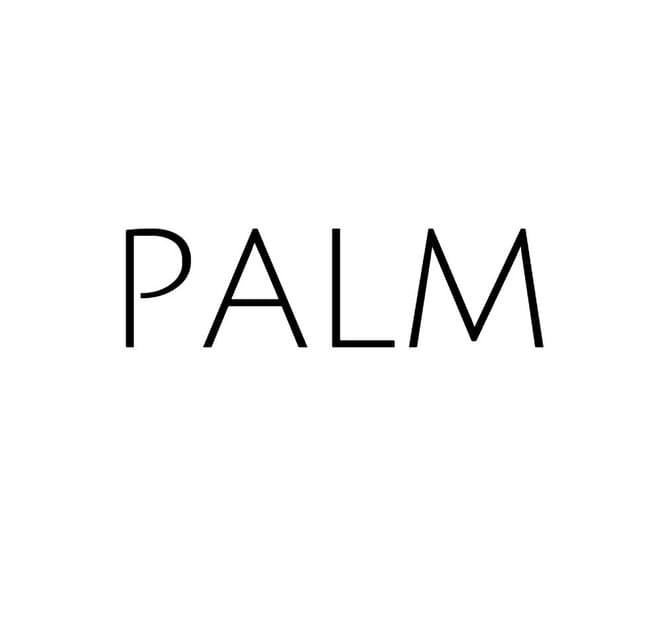
Palm Gallery - Artist - Igigo Wu
Her work moves between painting, performance, and experimental theater - but at its core is a consistent, radical question:
What does it mean to carry a history too brutal for words?
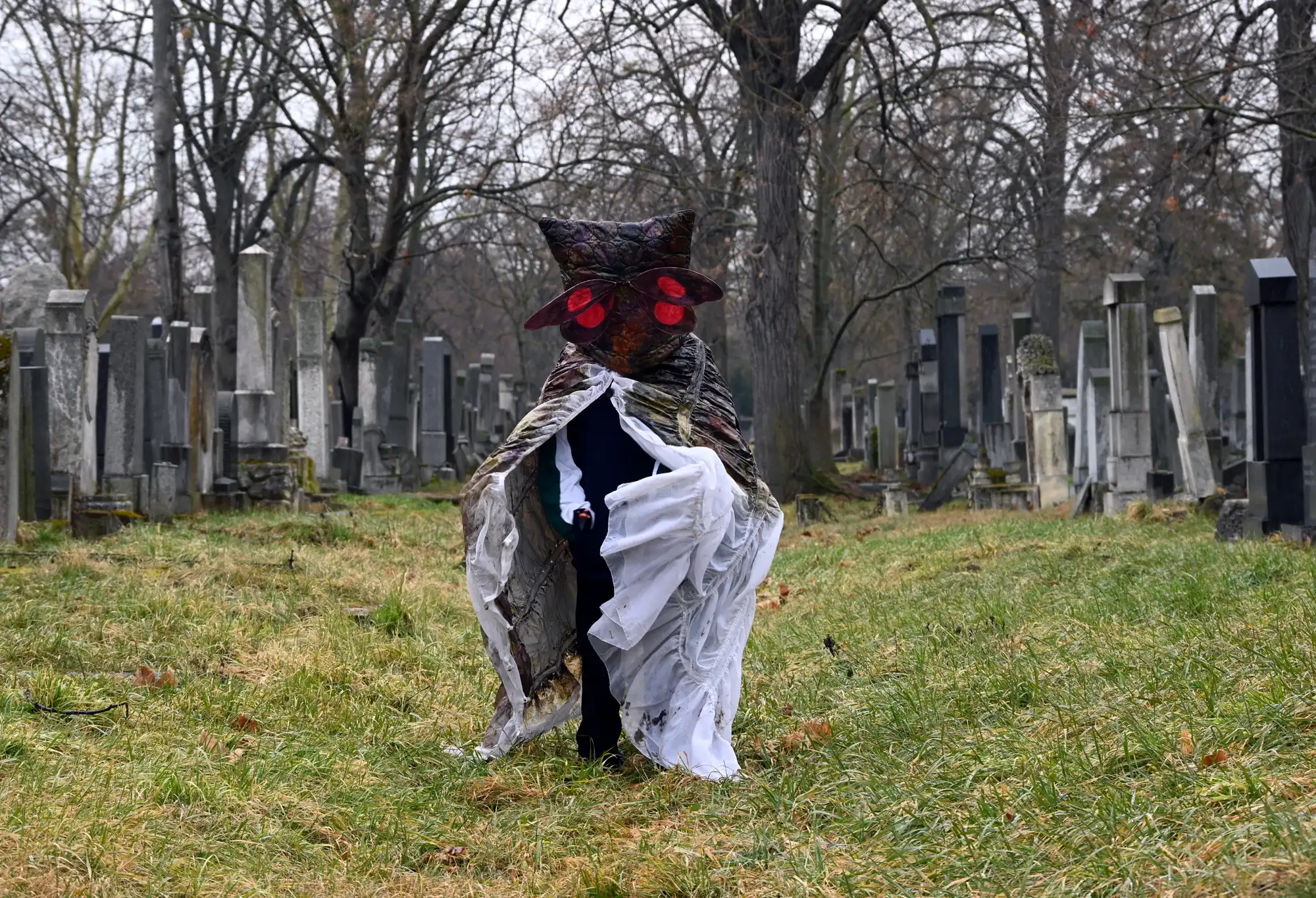
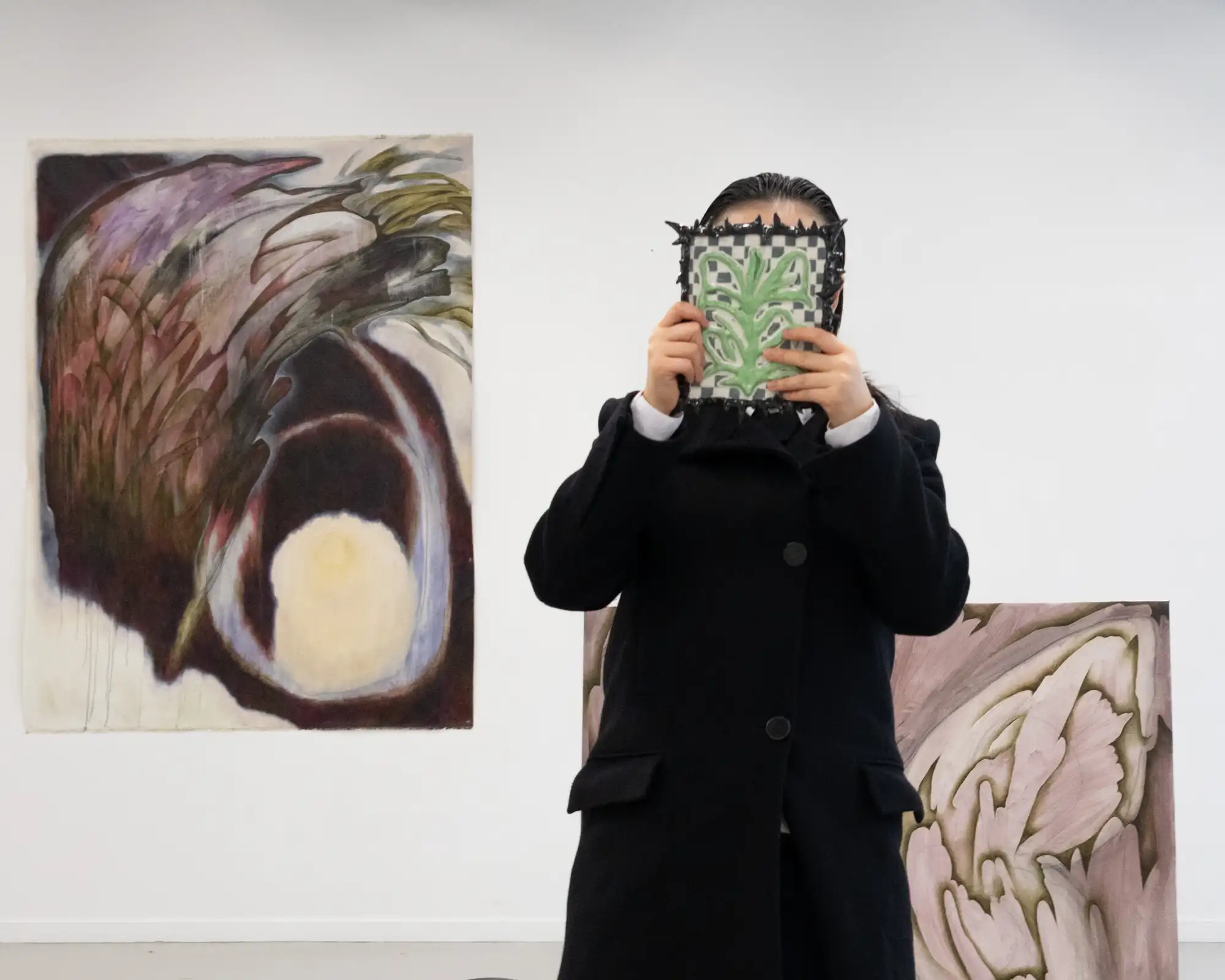
Her large-scale canvases, cloaked performances, and shape-shifting insect motifs create not a narrative, but a zone - a charged space where memory festers, dissolves, and re-emerges in uncanny forms.
For Igigo, art isn’t a representation.
It’s an ecosystem. A body. A bruise that never fully heals.
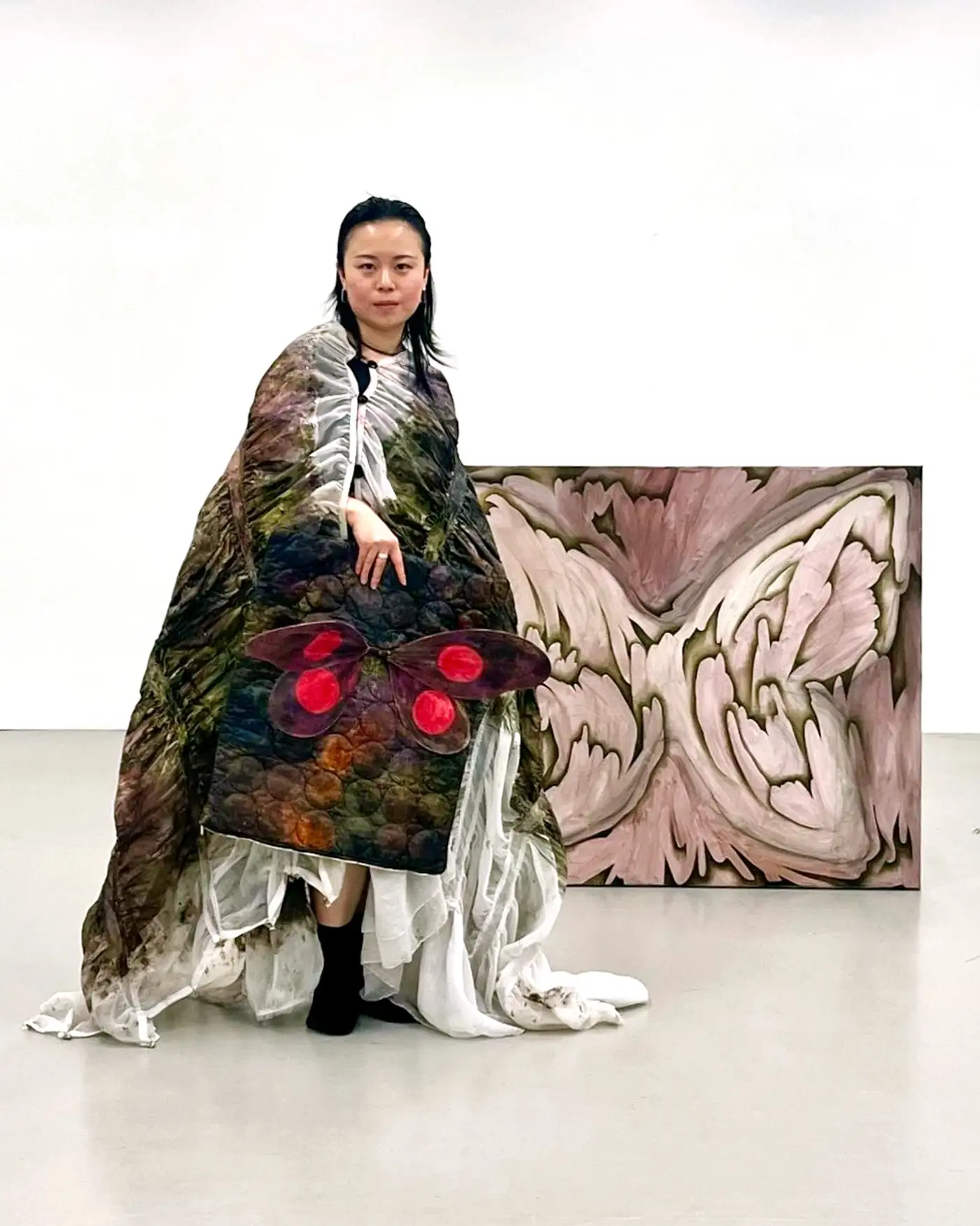
Where Language Breaks, Igigo Wu’s Paintings Begin
There’s a storm hiding in Igigo Wu’s brushstrokes. You don’t see it right away.
At first, her paintings feel organic - like dense vegetation, or the wings of some nocturnal creature. But then the texture changes. The air thickens. You start noticing something: nothing in her work wants to stay still.
Figures blur into flora. Canvases hang like ghost-blankets. Even her performance garments - hand-painted, sewn, lived-in — look like they might molt and scurry off without her.
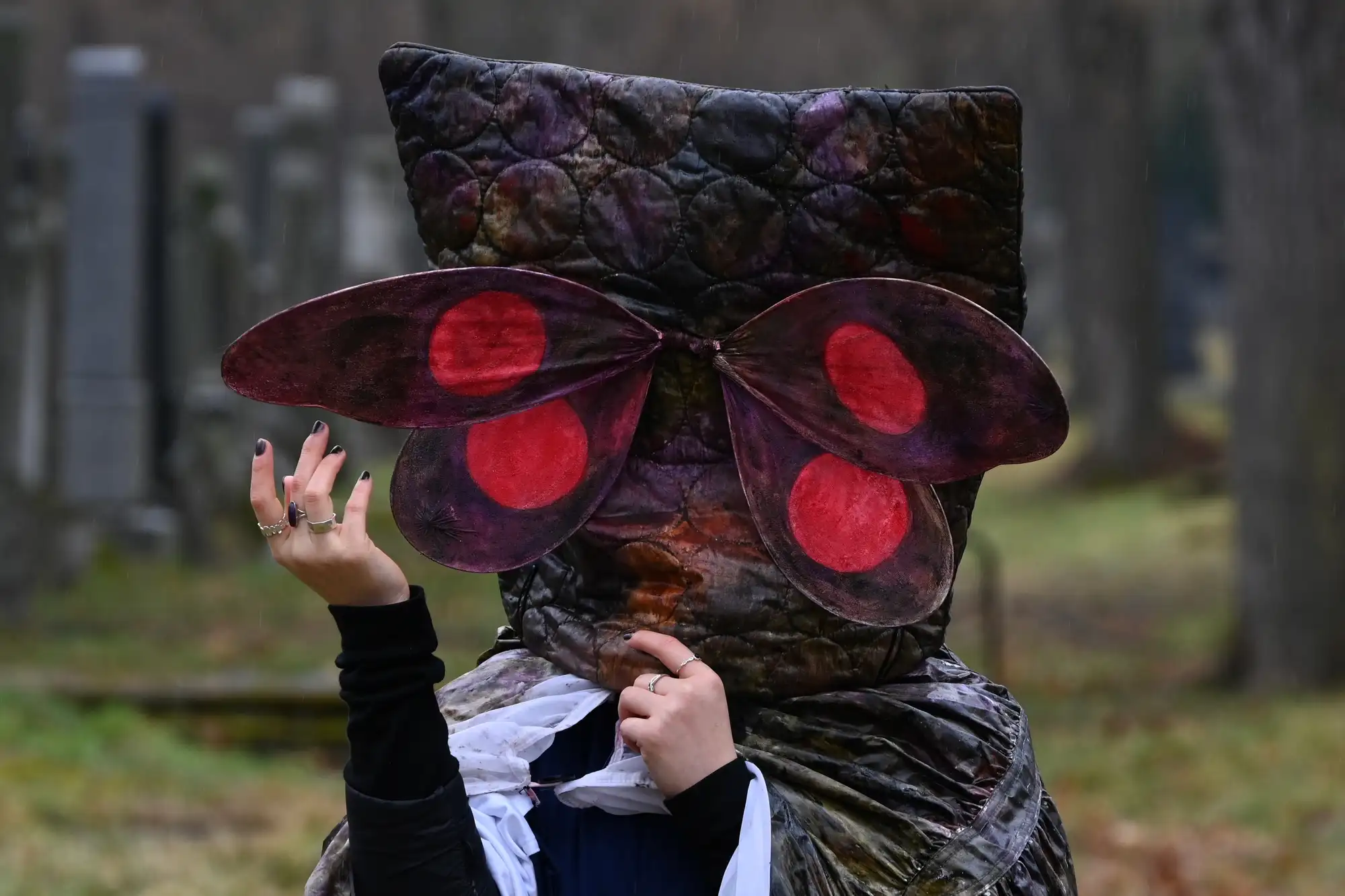
Born in Taipei in 1999, Igigo studied Fine Arts and Mixed Media at the Taipei National University of the Arts, graduating in 2022.
Her early work won first prize at the university's annual exhibition in 2020.
But if there’s a throughline in her journey, it’s not awards or milestones — it’s rejection.
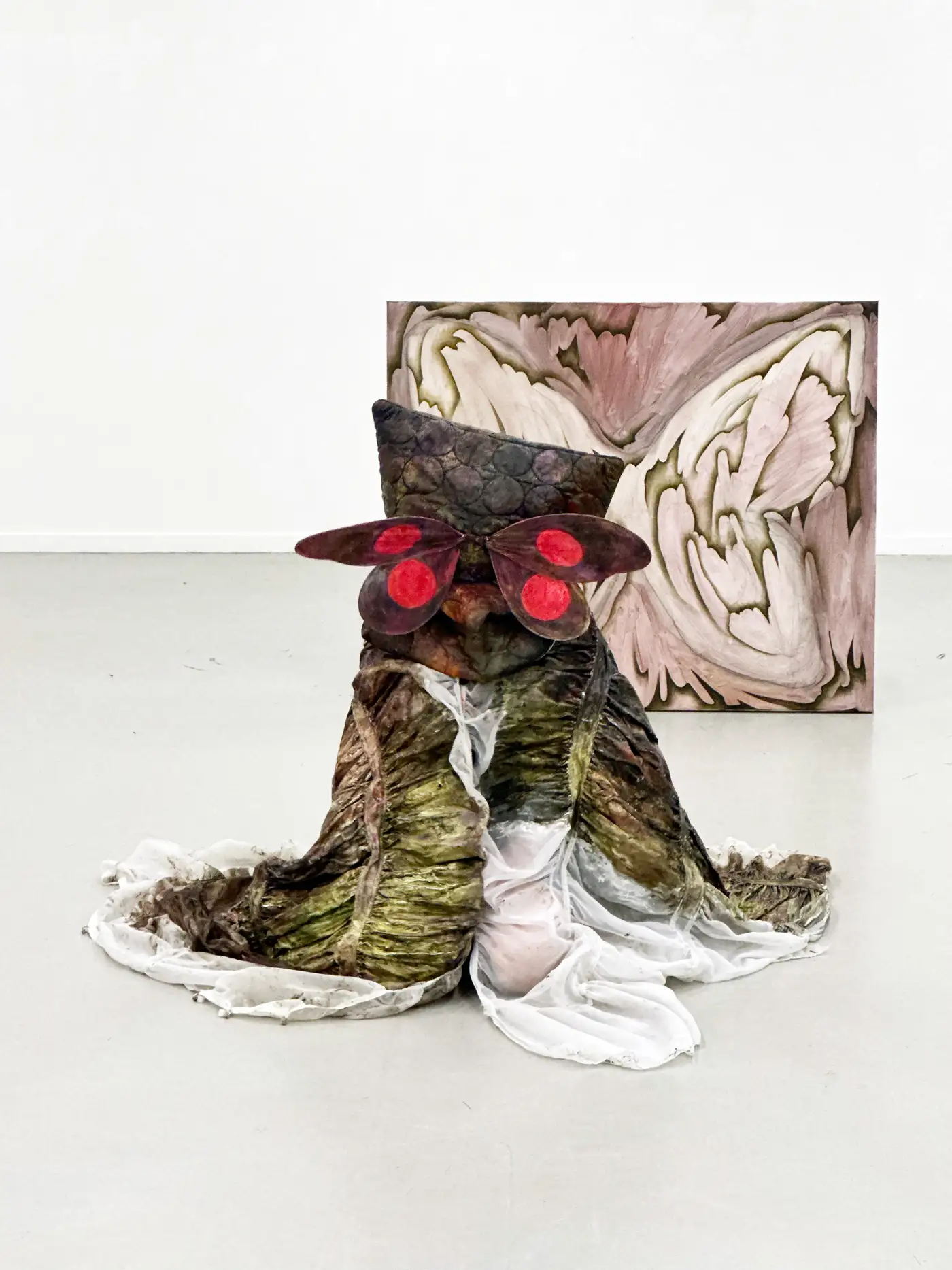
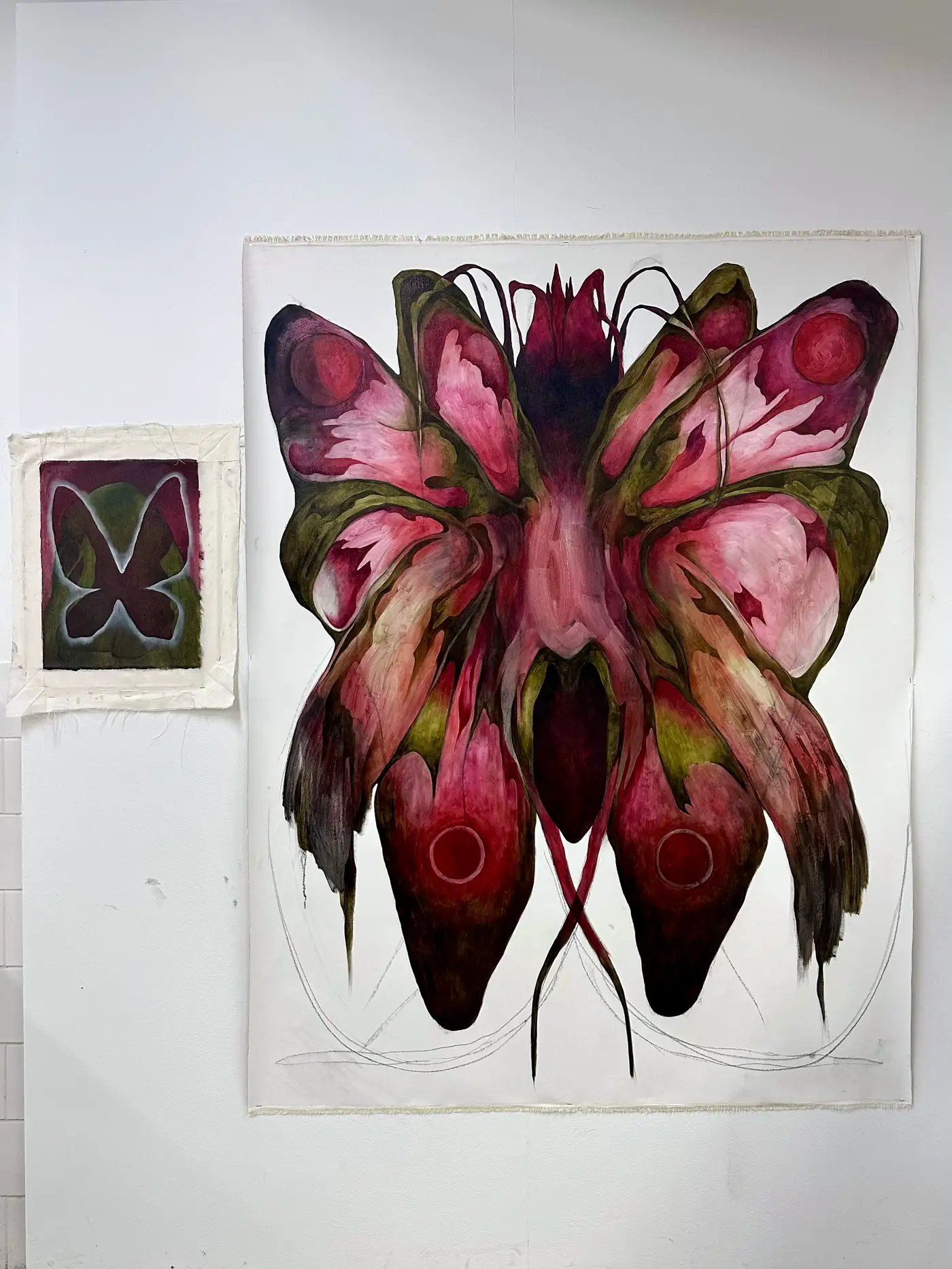
Igigo Wu: From her ZHdK Werkdiskurs presentation, Igigo Wu activates the stage as a haunted ecology — cloaked in moth-wings, drenched in digital red, she turns theatre into a language of refusal. Photo: @_laura_nan_
Institutional, bureaucratic, linguistic. Her own artist statement reads like a love letter to exclusion:
"I don’t even know if I’m searching for home, or if rejection itself is the only thing I can fixate onto."
She now lives and works between Zürich and Vienna, but her emotional terrain is more complex - a fluctuating reality shaped by national ambiguity, unspoken trauma, and the dull ache of not being understood.
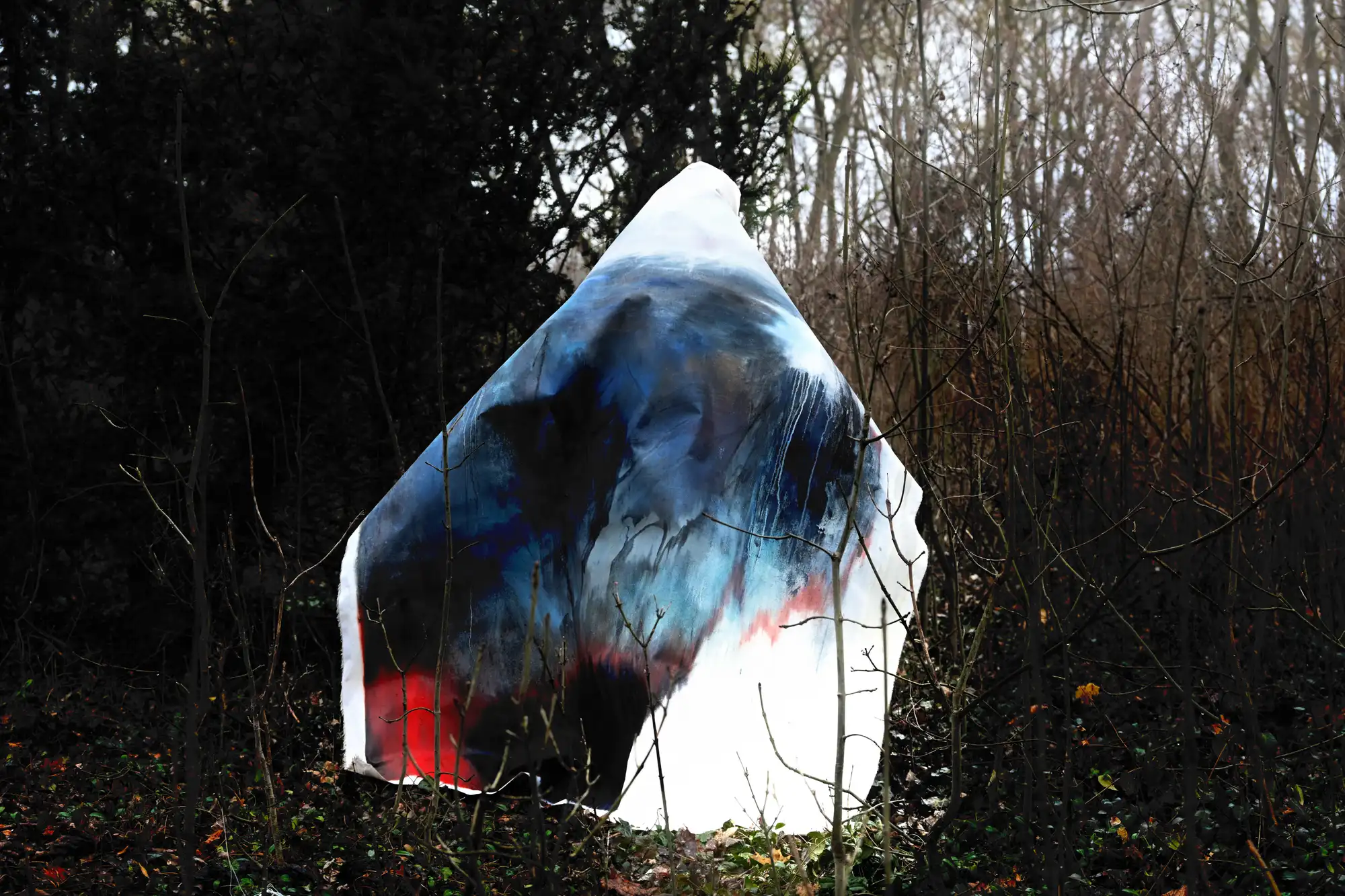
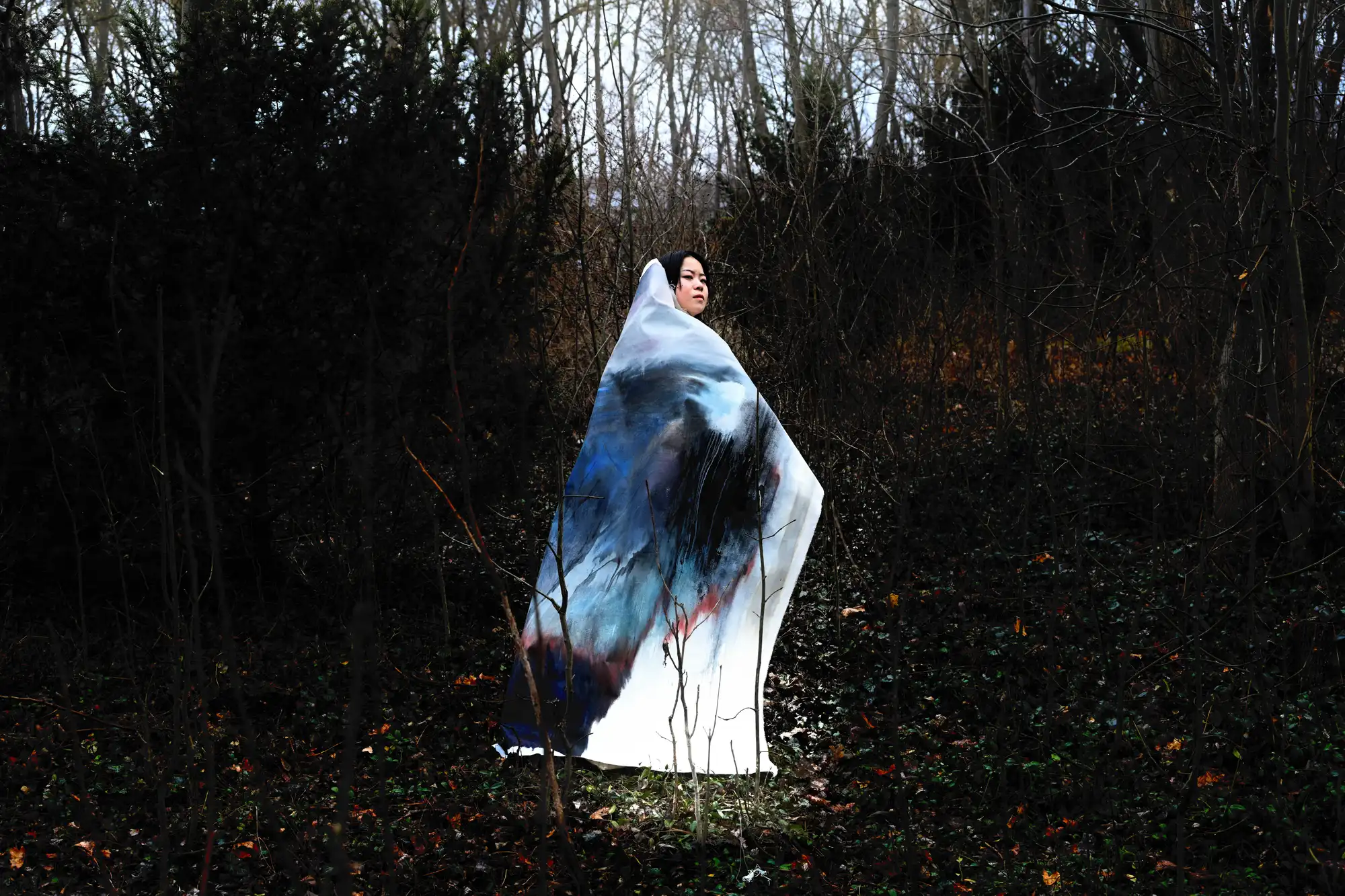
Taiwan, she reminds us, is “an island without its own name.” And this tension - between nation and narration - courses through every inch of her practice.
Beauty as Camouflage, Memory as Mutation
A recurring butterfly form appears in her work — a red-eyed, armored hybrid, rendered in oil, fabric, and performance. It’s not a symbol. It’s a symptom.
She wears it across cemeteries, stages it in gallery spaces, cloaks herself in its soft violence. It’s part ritual, part effigy. Beauty here is never passive. It’s defensive. Camouflaged grief.
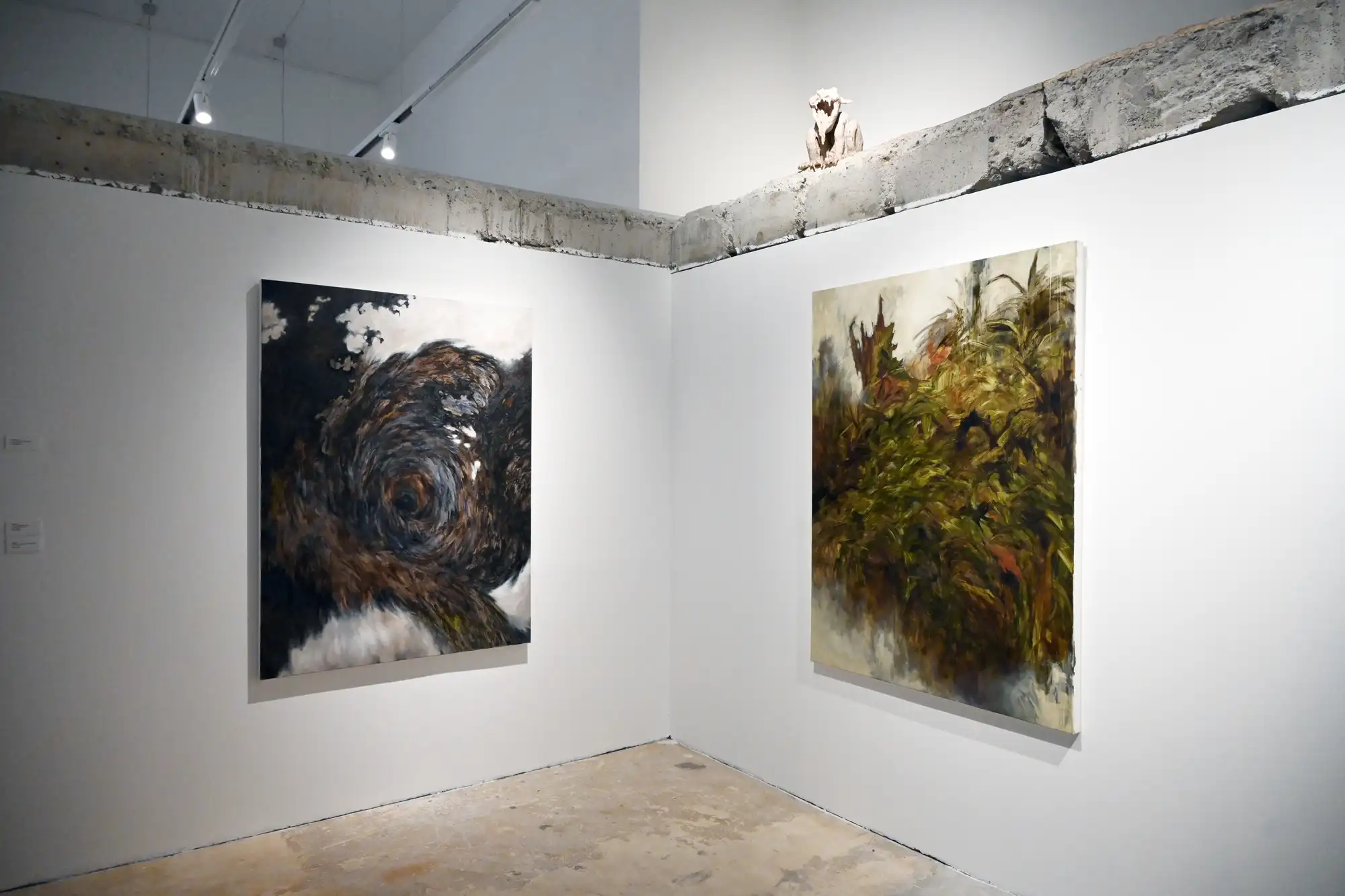
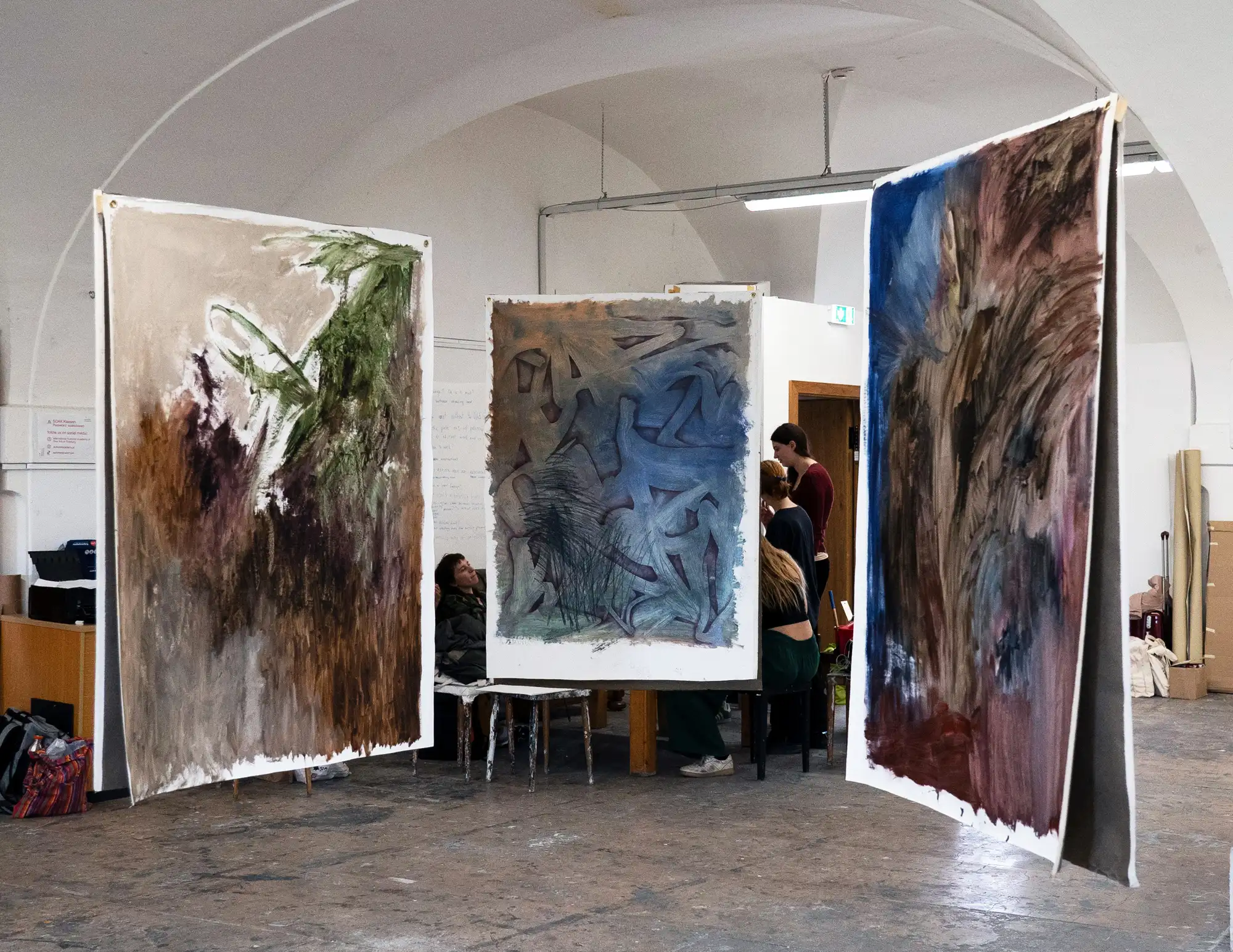
Her paintings are often large, unstretched, raw at the edges. They read like ecosystems of psychological erosion.
In one, a vortex threatens to devour the surface. In another, a fleshy mass blooms and rots simultaneously.
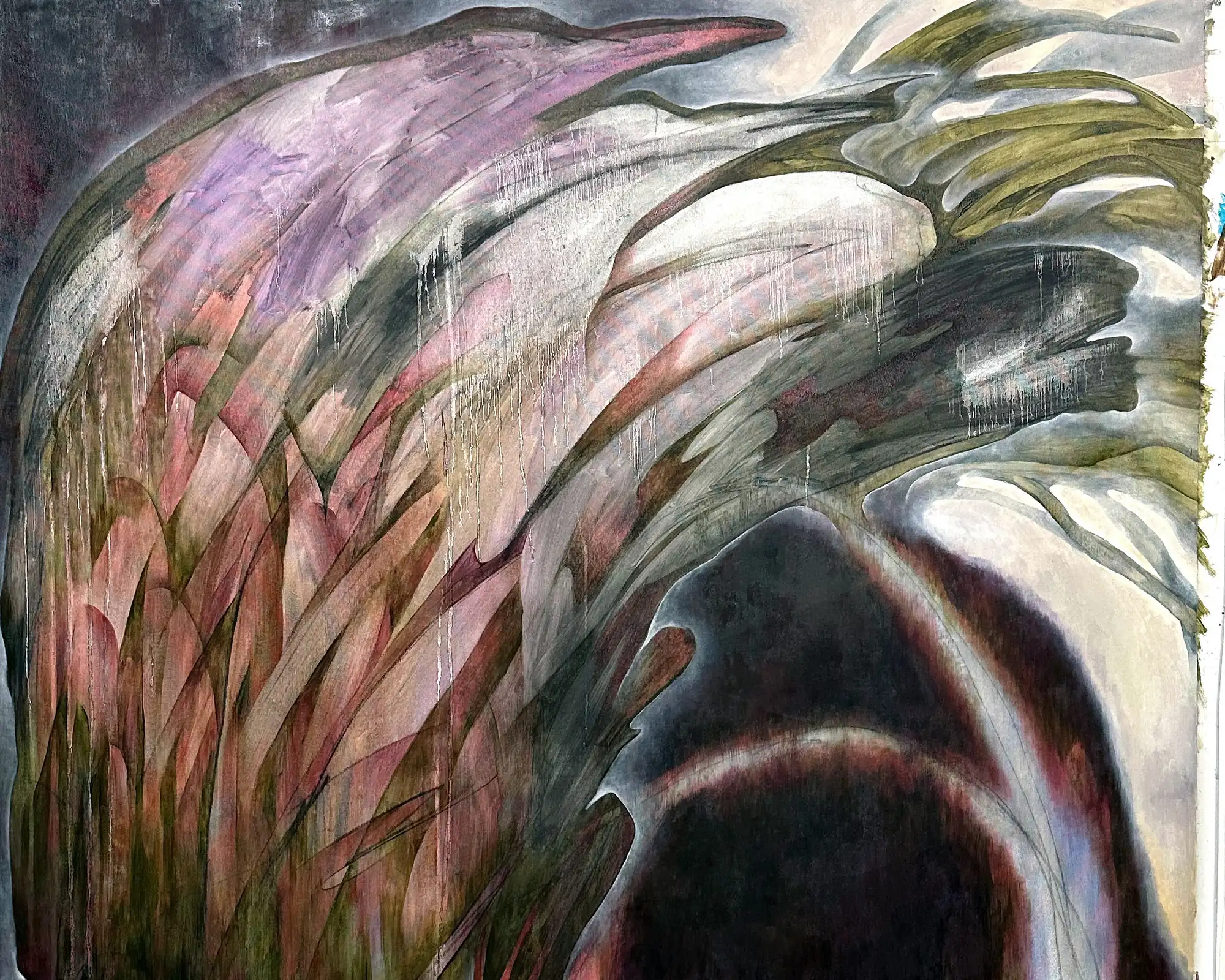
The palette is damp, wounded, compost-colored — as if painted with bruises. There’s no clean edge, no tidy iconography. Just reverberations.
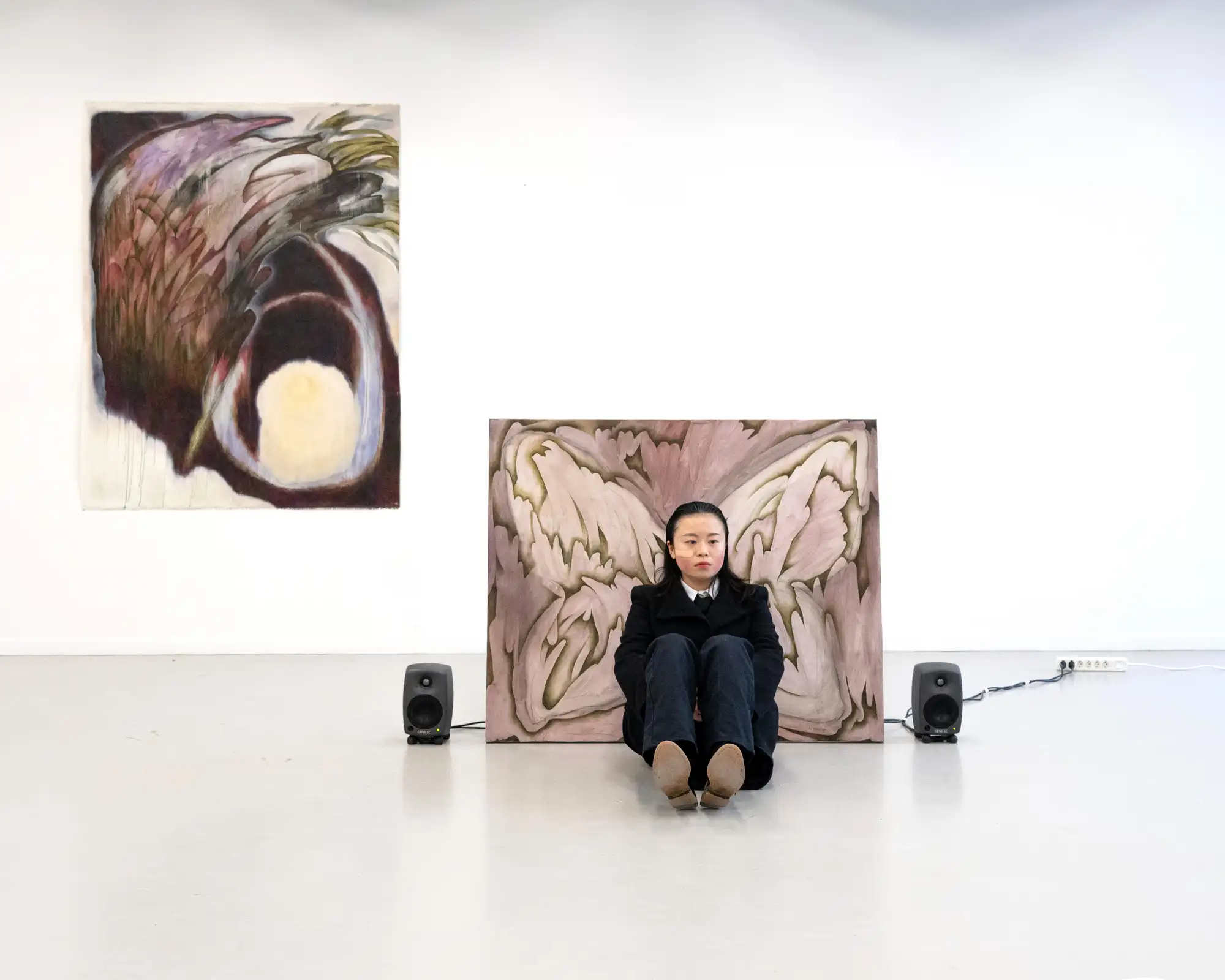
Wu’s performances mirror this instability.
They’re cloaked, anonymous, insectile - merging body with textile, memory with motion. She stages herself not as subject, but as site. The garment becomes body. The body becomes archive.
Expanded Themes in Igigo Wu’s Work
- Diaspora as rupture, not journey
- Identity as denial: Taiwan’s contested selfhood and inherited silence
- Rejection as method: Institutional, national, linguistic, emotional
- Painting as political body: Not depiction, but incarnation
- Memory as decay and camouflage: A bruised ecology of visual language
- The limits of verbal articulation: Visual language where speech fails
Notable Motifs & Visual Tactics
Wu’s work often returns to insectoid and vegetal motifs — moths, wings, soil, skin. The butterfly isn’t decorative. It’s dangerous.
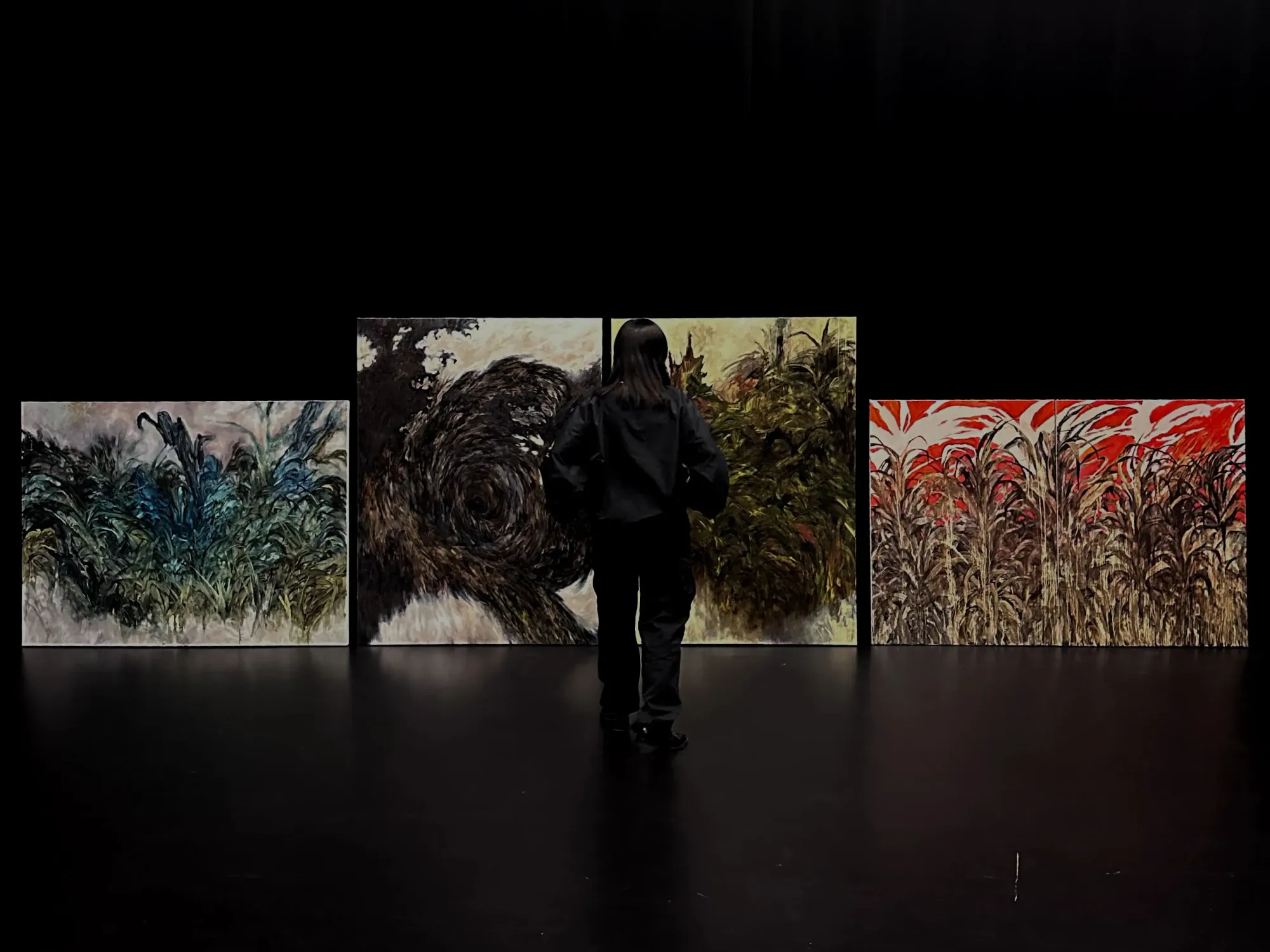
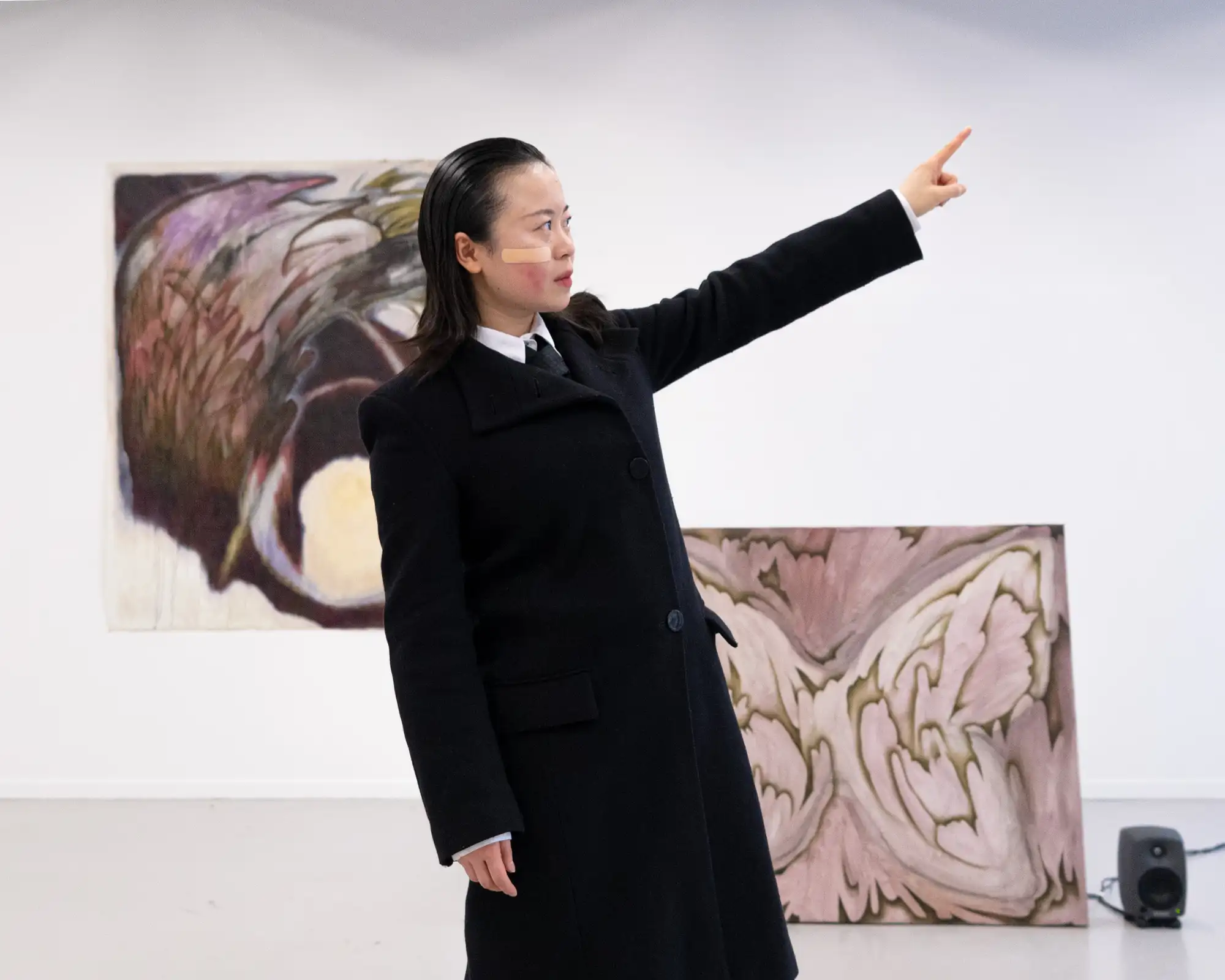
Her cloaked performances collapse the border between human and insect, person and nation, body and myth.
Other works conjure terrain - not physical landscapes, but psychic ones. Graveyards, ruins, mist, tile, swamp. Zones where history doesn’t die. It mutates.
Artistic Context & Comparison
Where many diaspora artists build bridges between cultures, Igigo Wu digs tunnels — dark, damp, unresolved.
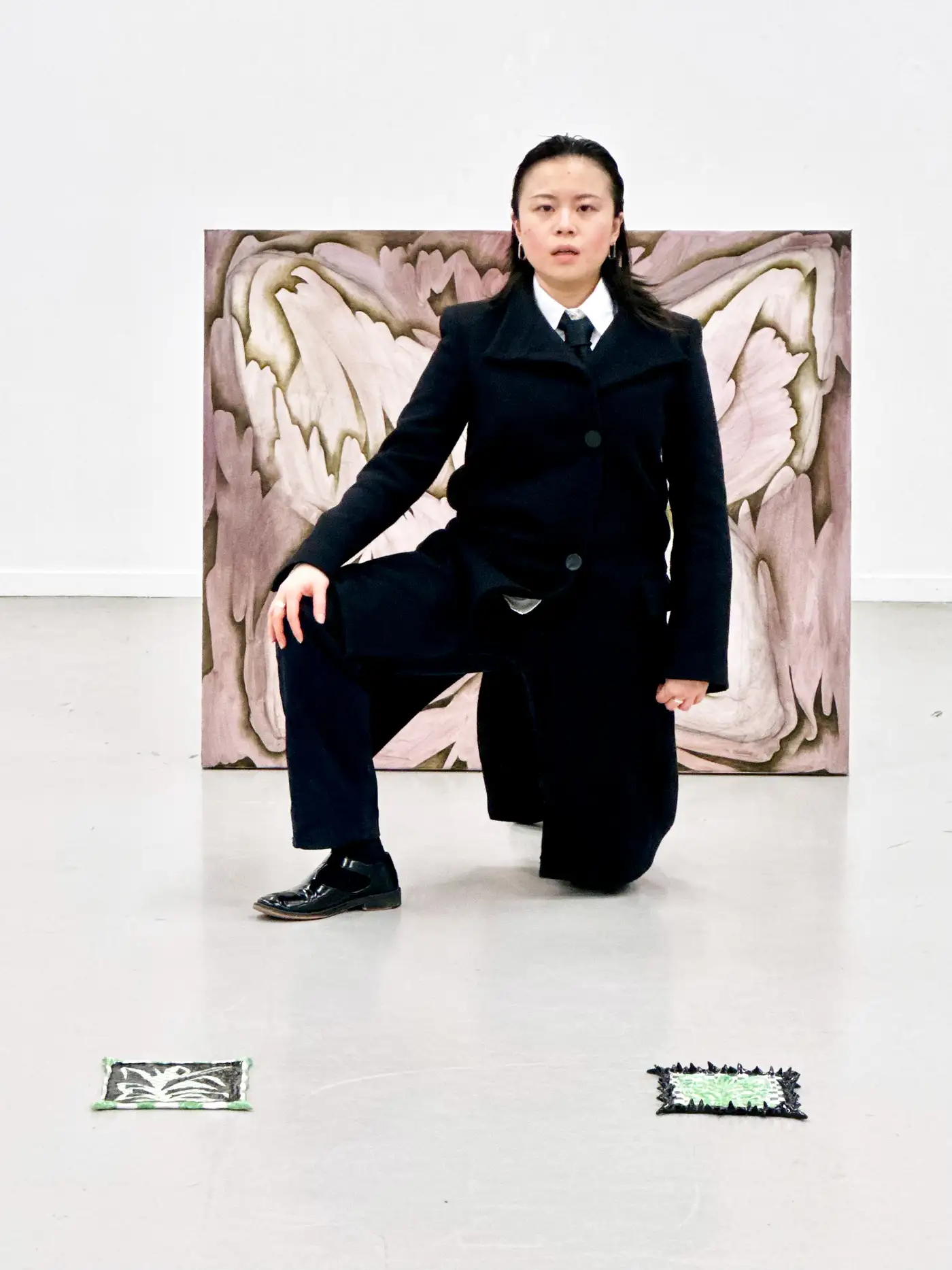
Her work doesn’t declare itself political — it metabolizes politics through ritual, silence, and haunting materiality.
Unlike artists who render trauma through symbolism or didactic gesture, Igigo’s method is subterranean.
She plants seeds in the viewer’s subconscious and lets them fester.
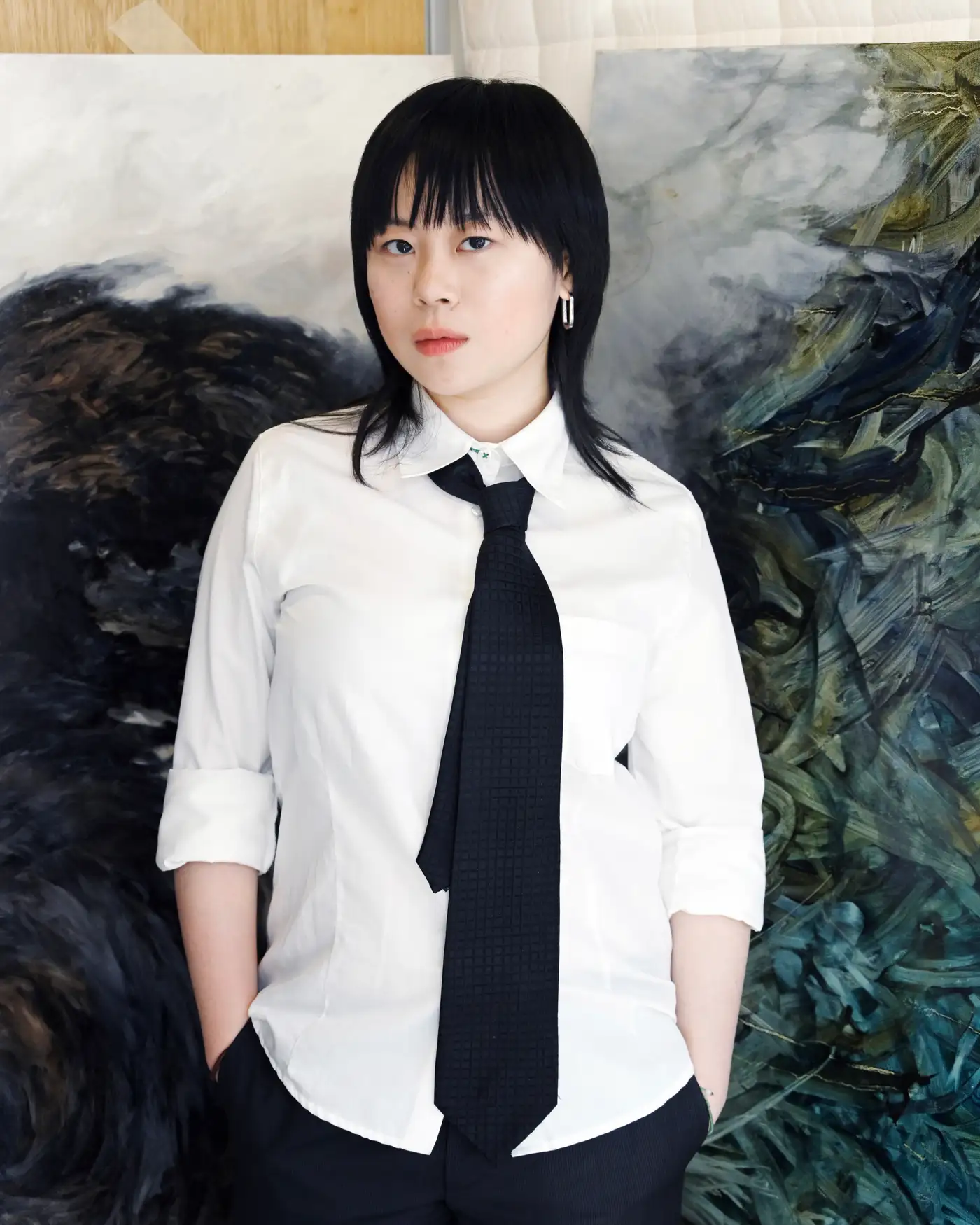
Her contemporaries might include Lucy Dodd (who treats painting as living entity), Firelei Báez (whose mythologies map trauma), or Louise Bourgeois (particularly in textile and psycho-emotional resonance).
But Wu’s voice is unmistakably her own: intimate, volatile, and never seeking clean resolution.
Spoiler, but worth saving: A new iteration of this project will unfold at the upcoming ZHdK graduation show “All Dimensions”, curated by Gloria Hasnay.
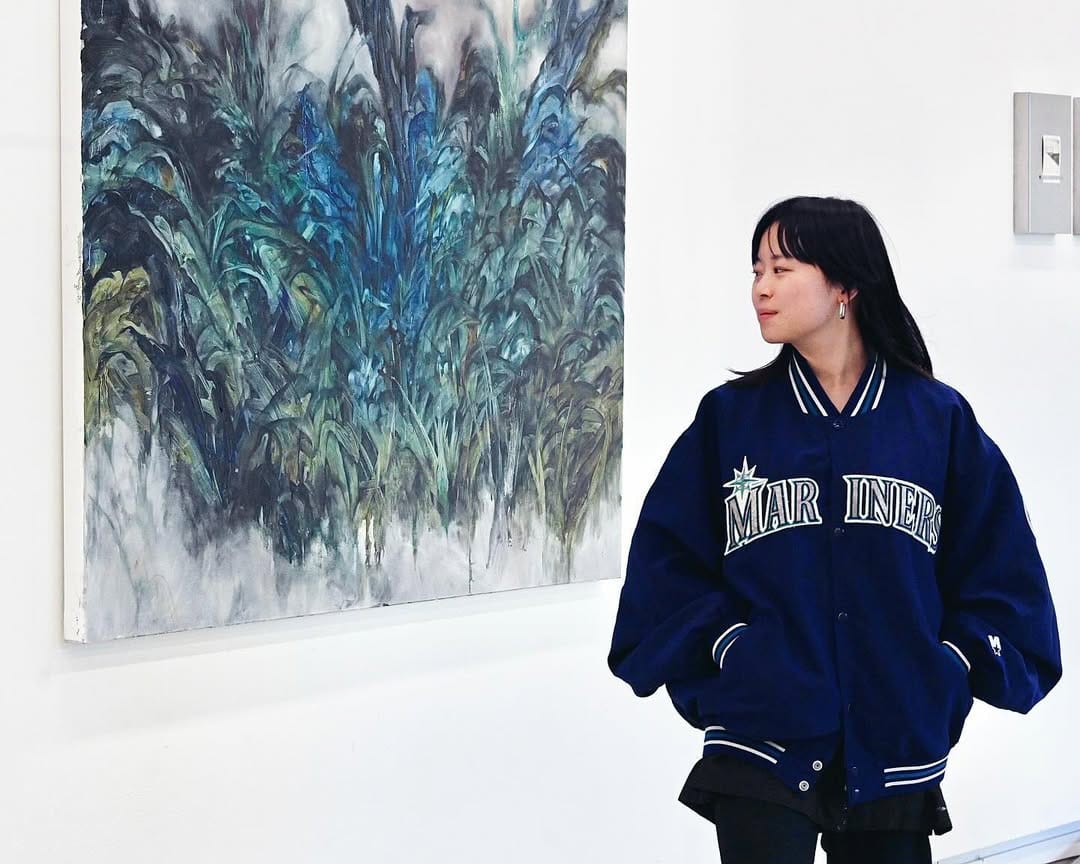
More Artists on Munchies Art Club Radrar #7
Mark your calendars — the opening takes place on June 5th, 2025 at 17:00, deep within the shifting corridors of ZHdK. Expect nothing static. Expect everything haunted.
More about Igigo Wu on Instagram or her Website
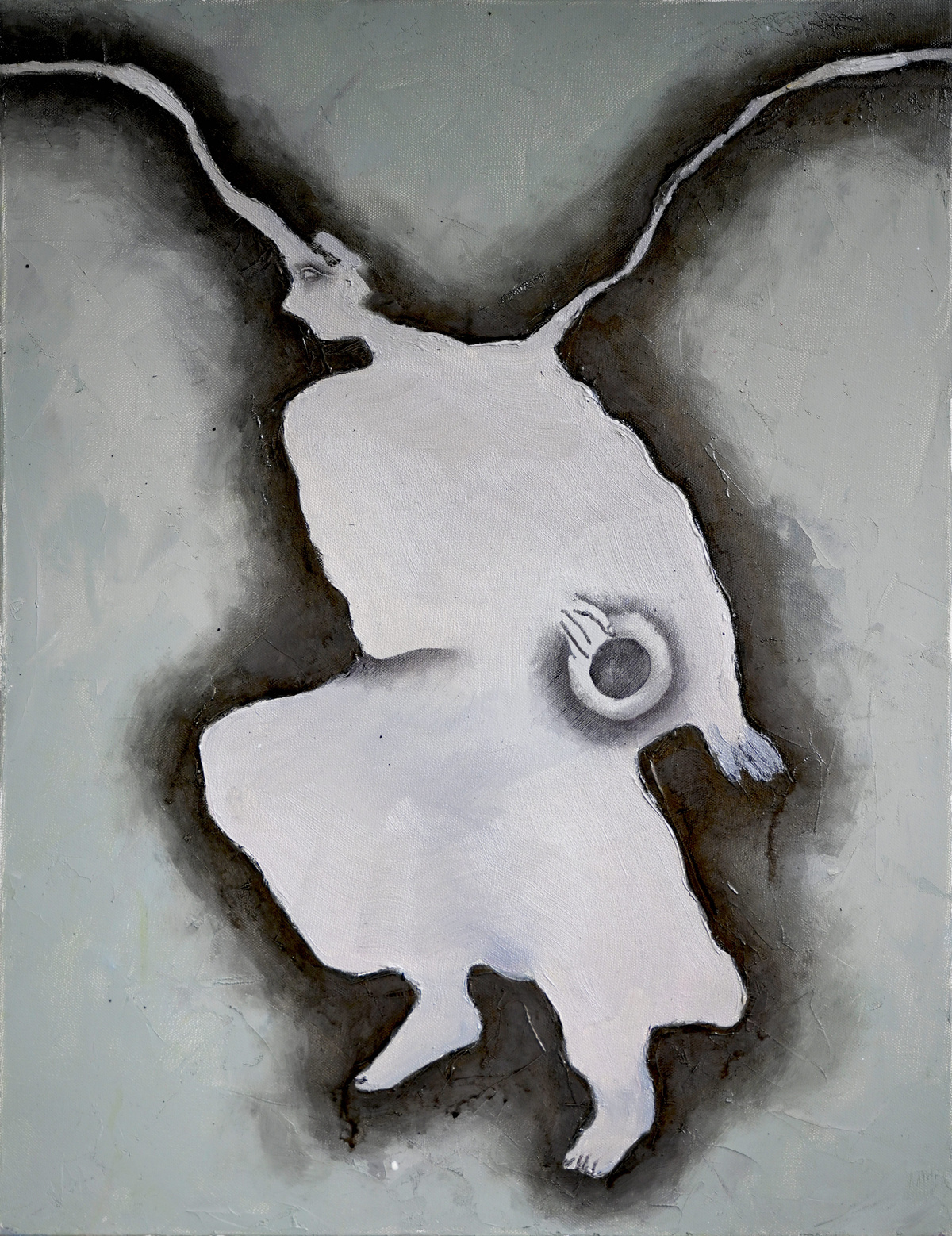
Support independent art writing:
This is independent art writing - no paywall, no ads, no bullshit.
If you value this voice, support it.
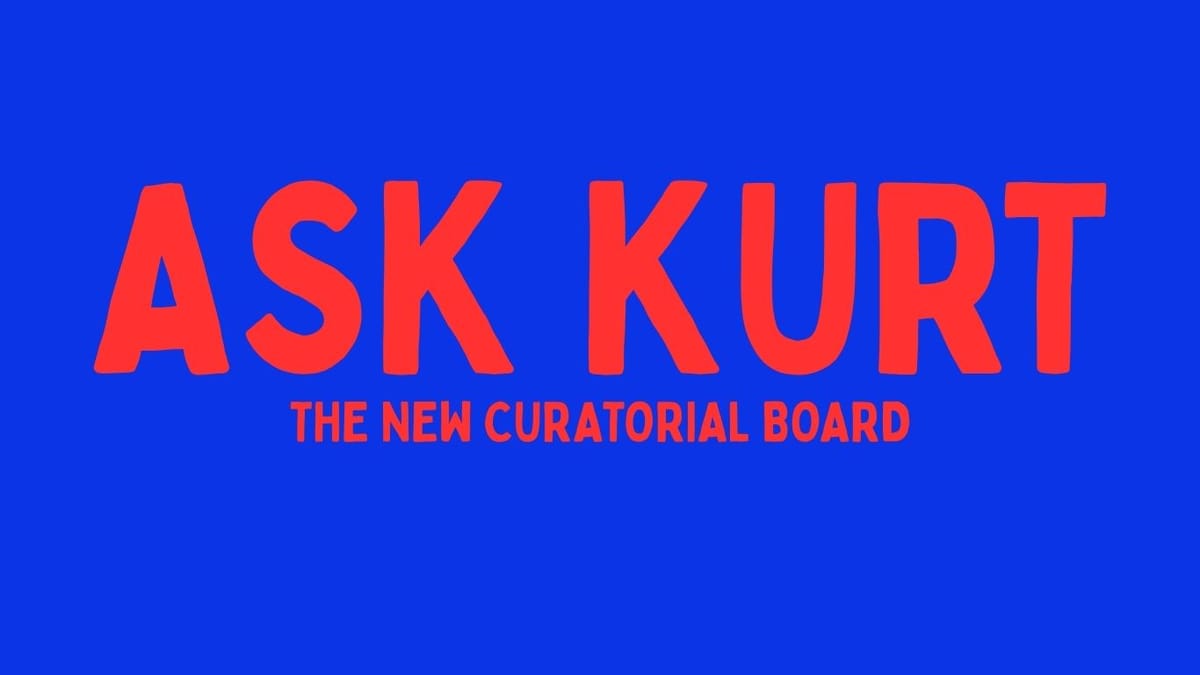
Your Work needs attention ? - Ask Kurt !
Related Reads
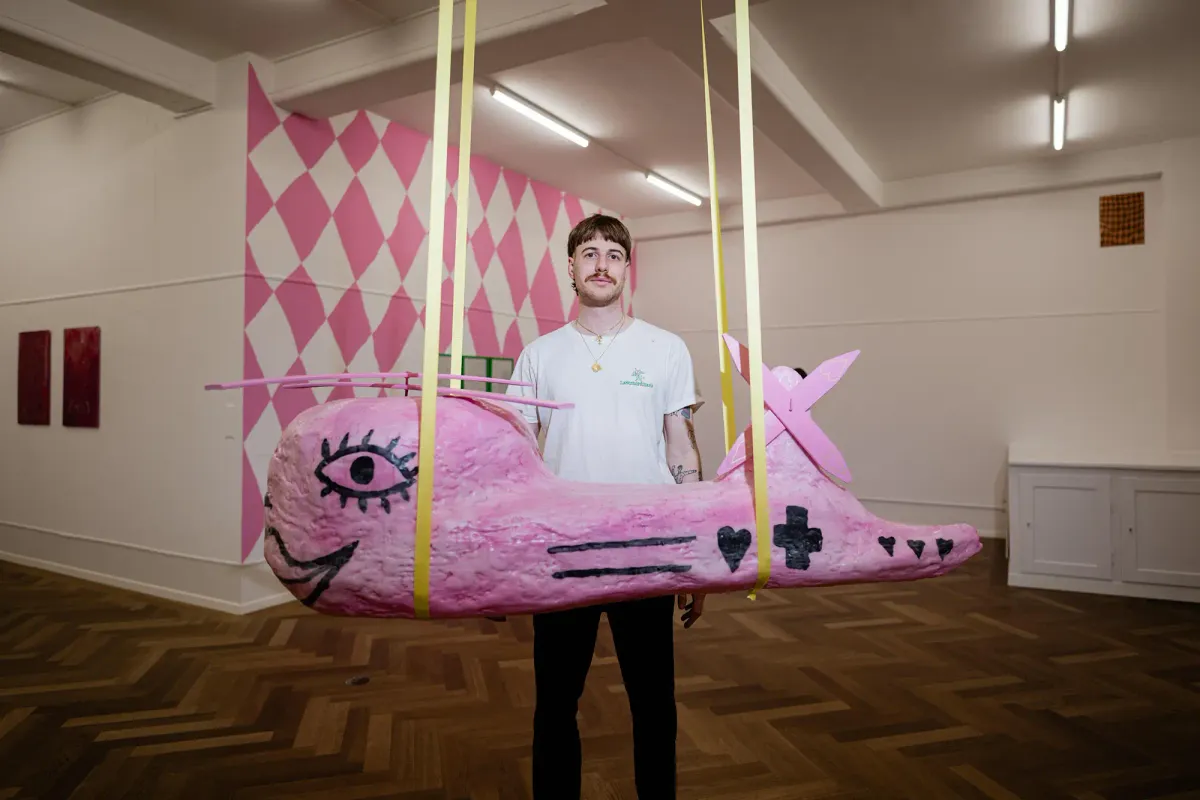
Felix Stöckle - Swiss Artist

Maria Luz - Artist Spotlight
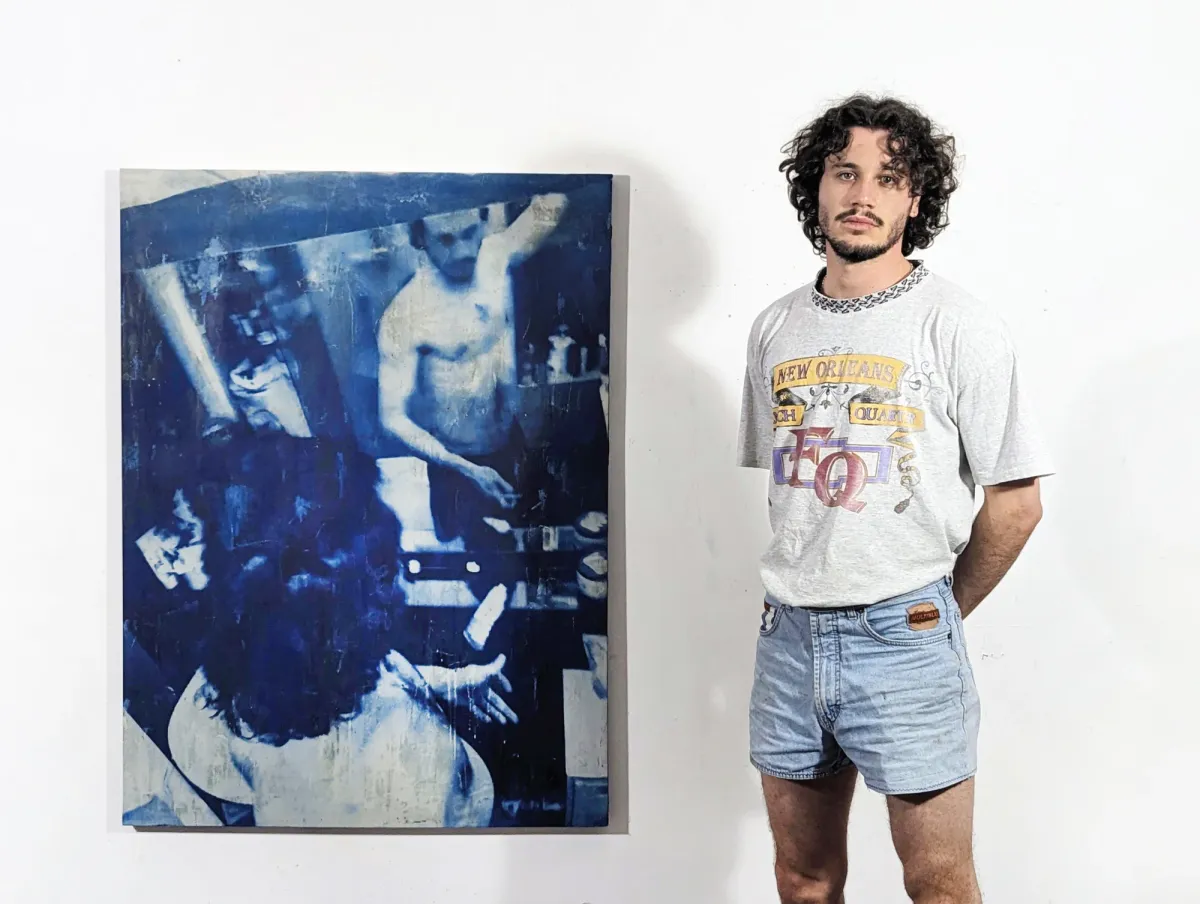
Anton Adamer - Emerging Artist

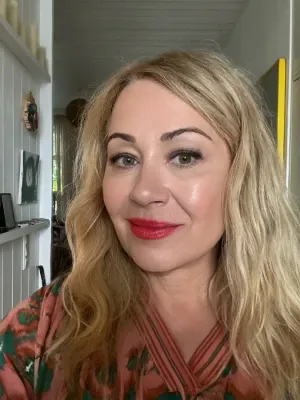
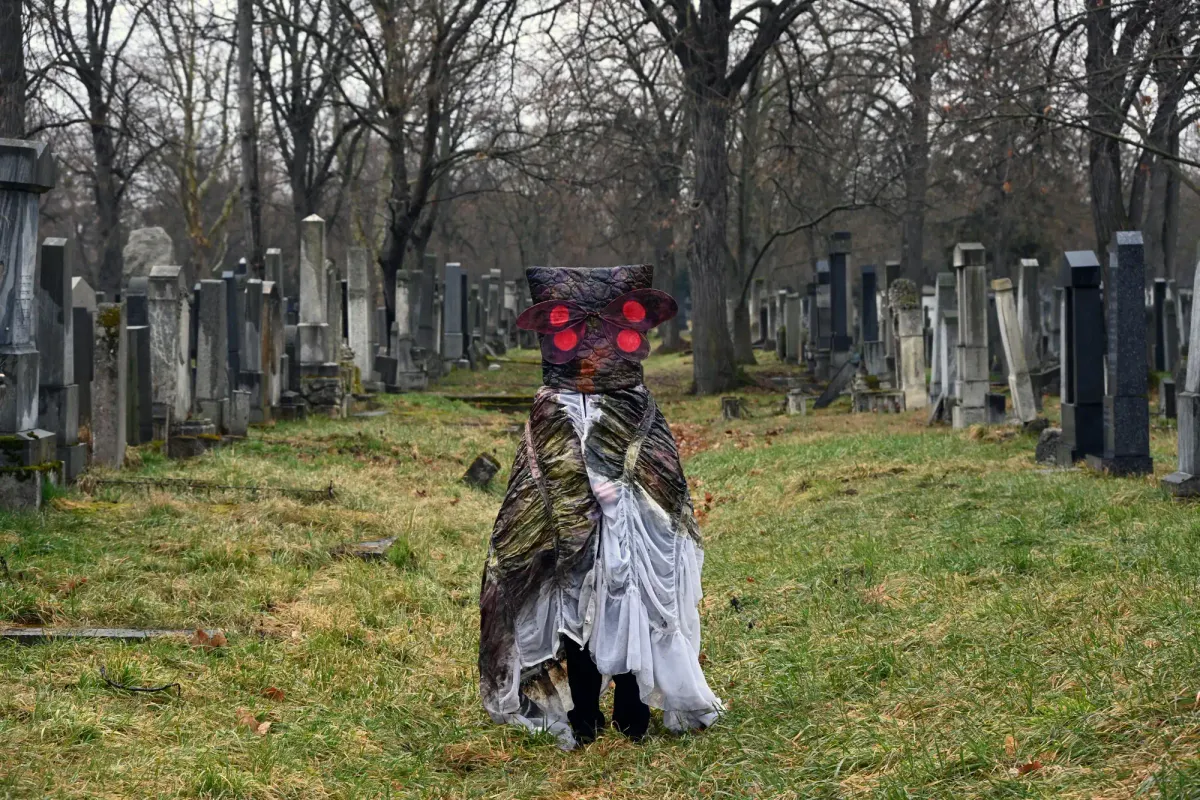







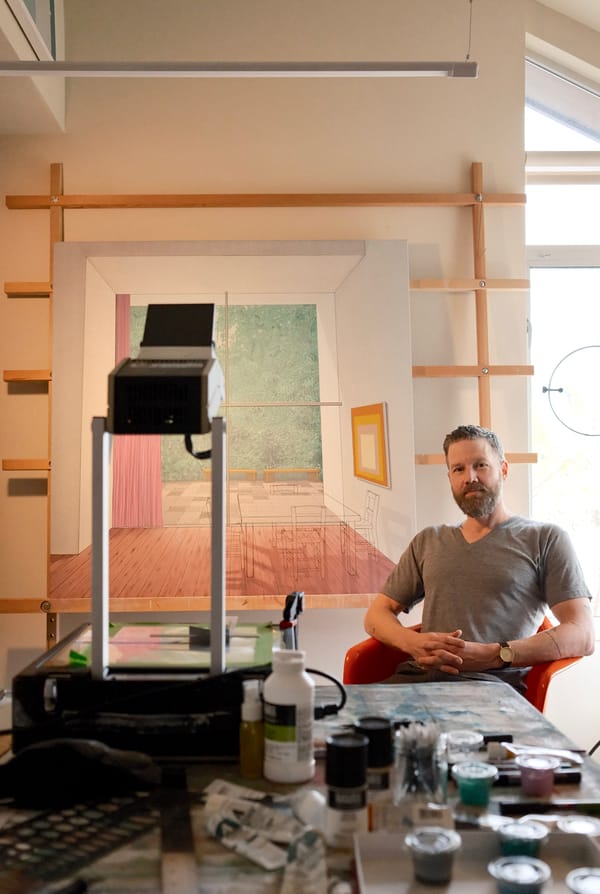

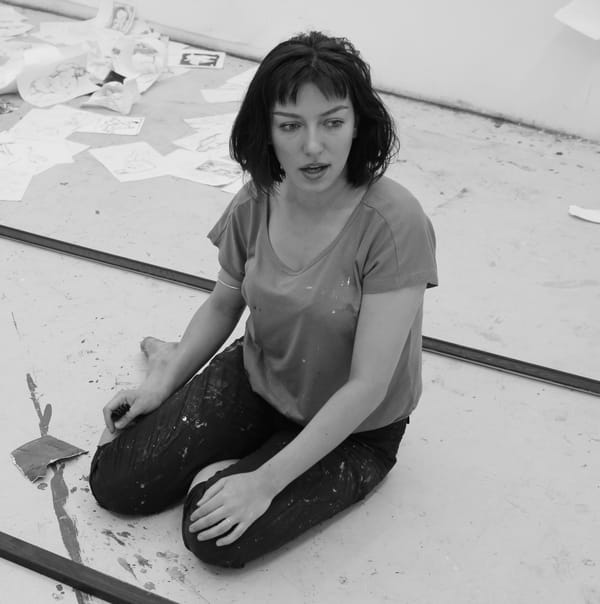
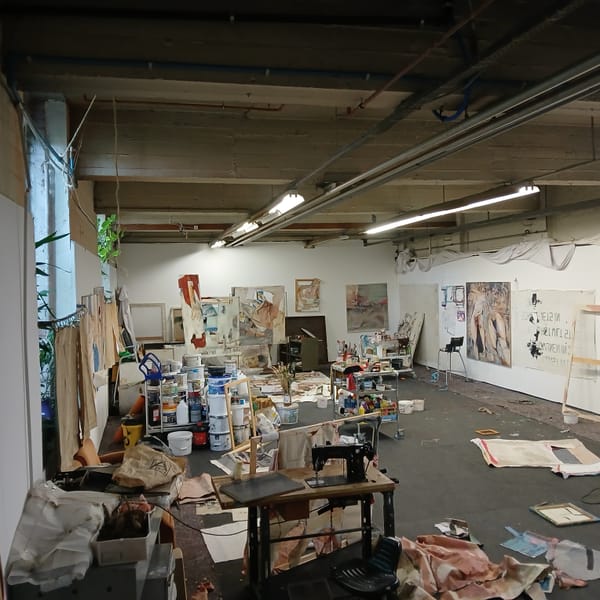

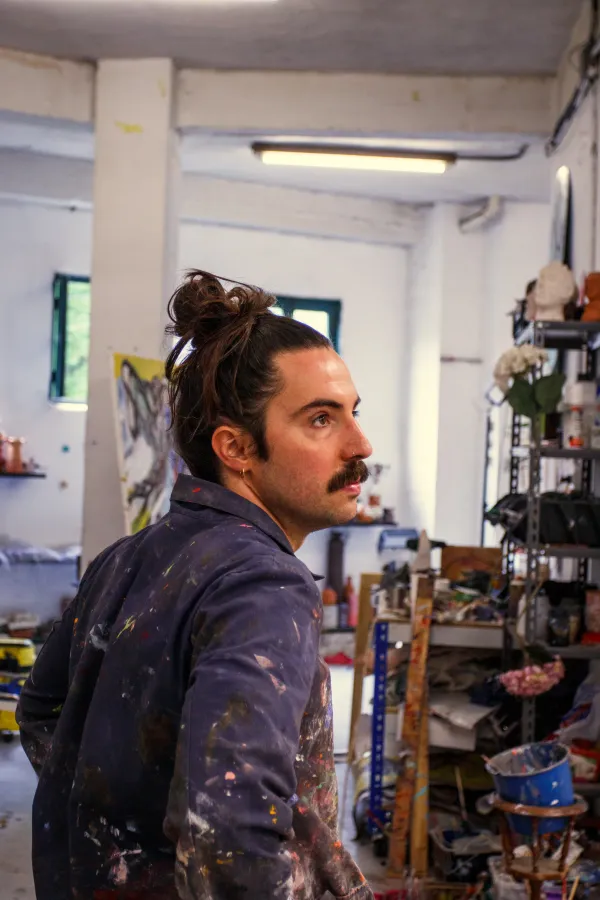
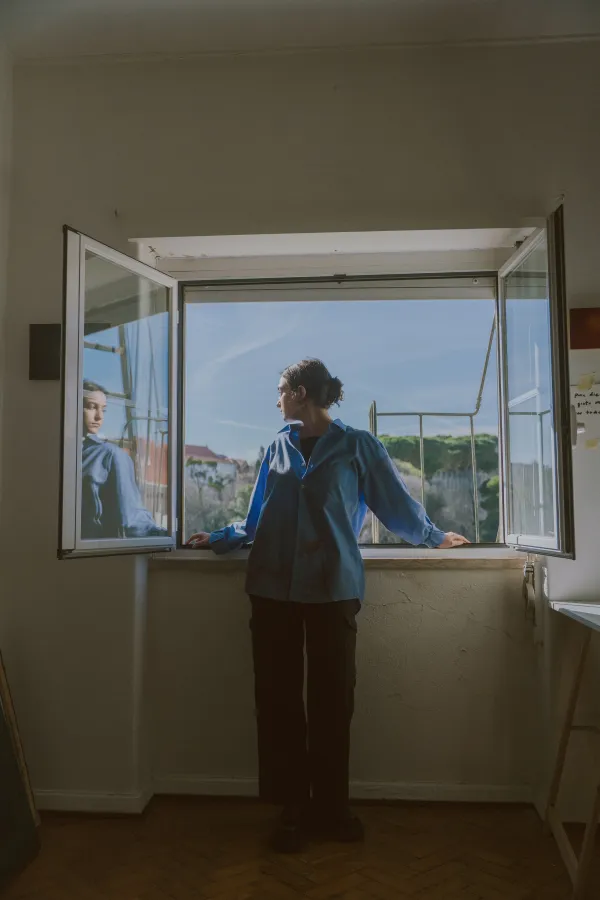
Member discussion